Karamürsel is a coastal district of Türkiye, located in the province of Kocaeli. Situated on the southern shore of the Gulf of İzmit, near the western tip of the Armutlu Peninsula, Karamürsel holds historical significance as both a transit route and a maritime center. It is traditionally regarded as the birthplace of the Ottoman Navy. Today, the district continues to thrive through agriculture, tourism, and maritime activities.
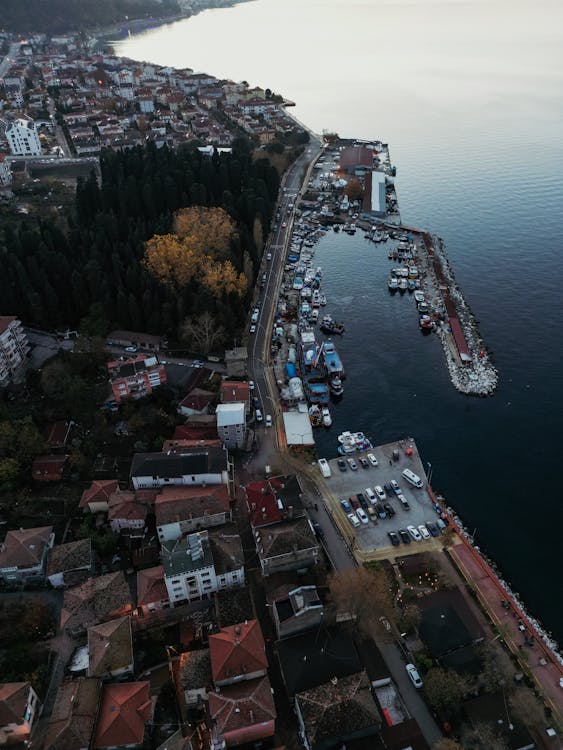
Aerial View of Karamürsel Harbor (Pexels)
Historical Background
The history of settlement in Karamürsel dates back to antiquity. During the Roman and Byzantine periods, the region was known as Prainetos, a small harbor and fishing village. In the early 14th century, as Ottoman incursions expanded across Anatolia, forces under the command of Mürsel Alp—sent by Orhan Gazi—conquered the region.
Mürsel Alp was not only a military commander but also a foundational figure in Ottoman maritime history. The Ottoman Empire’s first navy was established here; the first galleys were constructed along this coast, and the first shipyard was built in this area. The honorific title “Kara” (meaning “black” or “land”) was given to Mürsel due to his maritime achievements, and over time, this title evolved into the district’s name: Karamürsel.
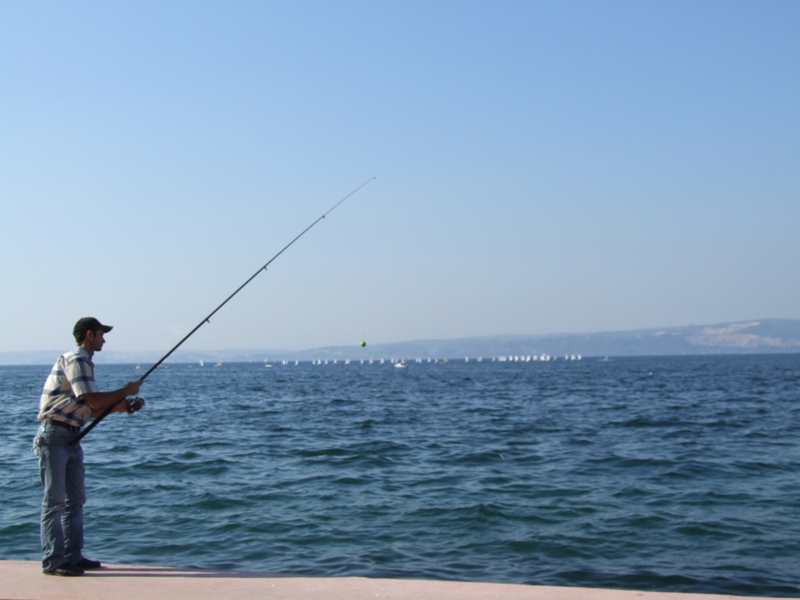
Karamürsel Coast (Kocaeli Büyükşehir Belediyesi)
Geographical Structure and Administrative Borders
Karamürsel is bordered by the district of Gölcük to the east and the provincial borders of Yalova to the west. The district features natural and geographical diversity, with a coastal strip stretching along the Gulf of İzmit and rural areas located on the northern slopes of the Samanlı Mountains. Covering an area of 262 square kilometers, Karamürsel’s settlement pattern along the coast is well-suited for seaside tourism. The district comprises 27 neighborhoods.
Socioeconomic Structure
Agriculture and Livestock
In the rural areas of the district, the local population traditionally engages in agriculture and livestock farming. Olive cultivation, corn, fruit, and vegetable production are widespread. Gardening, small-scale greenhouse farming, and local production remain primary sources of livelihood in many rural neighborhoods.
Maritime Activities and Fishing
Karamürsel has long been associated with seafaring, dating back to the Ottoman period. Today, small-scale and amateur fishing activities continue around the Gulf of İzmit. Piers, harbor structures, and coastal fishing boats along the shoreline keep this maritime heritage alive.
Tourism and the Service Sector
The coastal area features beaches, walking trails, recreational zones, and cafés, all of which contribute to local tourism. Particularly during the summer months, Karamürsel experiences an influx of day-trippers, thanks to its proximity to major metropolitan areas such as Istanbul.

Karamürsel Altınkemer Beach (AA)
Cultural and Gastronomic Heritage
Traditional Cuisine
The culinary culture of Karamürsel reflects both the coastal and rural characteristics of the Marmara region. Olive oil–based dishes, yogurt-based meals, seafood, and pastries are prominent elements. One of the district’s most renowned traditional dishes is simit dolması.
Simit dolması is made by hollowing out sesame-covered bagels (simit), stuffing them with a savory minced meat mixture, and then baking or frying them. Traditionally prepared on festive mornings, wedding days, or for special guests, the filling is typically composed of ground meat, onions, spices, and sometimes walnuts. The stuffed simit is topped with a rich tomato paste or buttery tomato sauce and baked until golden. This dish holds a special place in local memory and is recognized as a culinary symbol of Karamürsel.
In addition:
- Karamürsel simidi, plain or sesame-coated, is a staple at breakfast tables.
- Homemade noodles (erişte), fermented soup mix (tarhana), and pickled vegetables represent the preserved traditions of rural kitchen culture.
- Olive oil dishes such as artichokes, broad beans, and stuffed peppers—flavors typical of the Marmara region—are also frequently found on local tables.
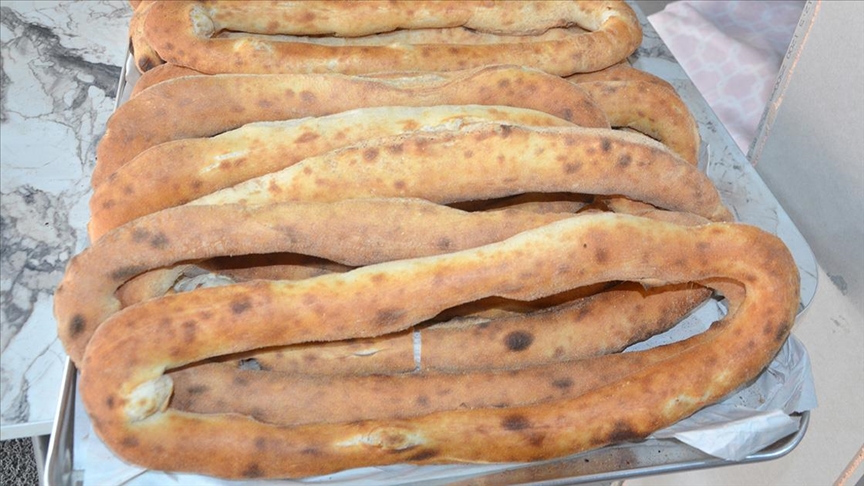
Simit Dolma (AA)
Handicrafts and Renowned Local Products
In the rural areas of Karamürsel, traditional handicrafts such as kilim weaving, lacework, and knitting are preserved and practiced, primarily by local women. These handcrafted items reflect the region’s cultural heritage and are often passed down through generations.
One of the most iconic local products is the Karamürsel Basket (Karamürsel sepeti), which carries the name of the district. Historically, this basket was used as a transport container within the Ottoman navy and has since become a symbol of the region’s maritime and artisanal identity.

Karamürsel Basket (Generated by Artificial Intelligence)
Oil Wrestling Tradition
Karamürsel is known not only for its maritime and agricultural identity but also for its strong connection to traditional Turkish oil wrestling (yağlı güreş). Rooted in Ottoman history, this cultural heritage is actively preserved in the district through regularly organized local tournaments, festivals, and commemorative events.
Many wrestlers raised in Karamürsel have competed in national competitions such as the renowned Kırkpınar Oil Wrestling Festival, with some achieving the prestigious title of başpehlivan (chief wrestler). Although the district does not have dedicated wrestling arenas or monuments like a pehlivan statue, oil wrestling remains a respected tradition, deeply valued by the local community and passed down to younger generations.
The pehlivanlık (wrestlerhood) tradition is not merely a sport—it is considered a form of cultural mentorship emphasizing solidarity, moral integrity, humility, and physical endurance. In Karamürsel’s rural neighborhoods, this heritage is closely associated with weddings and village fairs, holding a prominent place in the district’s collective memory.
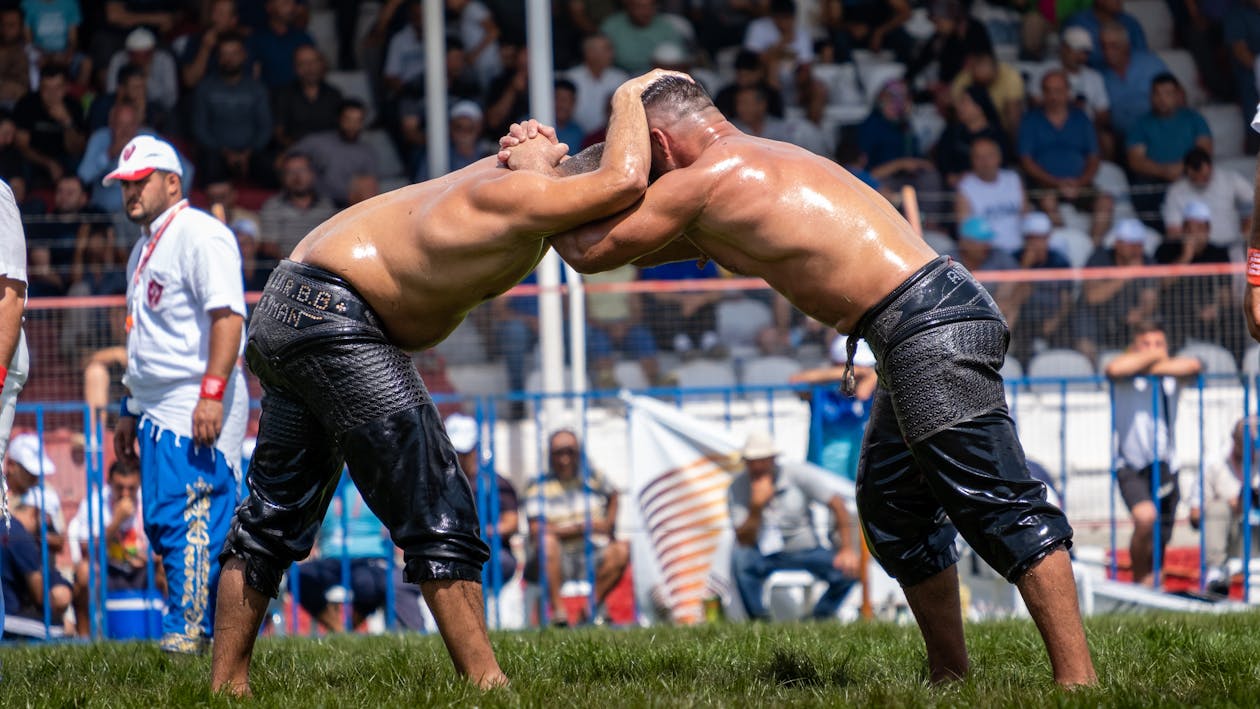
Oil Wrestling (Pexels)
Notable Sites and Historical Landmarks
Karamürsel Alp Mausoleum: Located in the town center, this tomb belongs to Karamürsel Alp, the first admiral of the Ottoman navy. It serves as a key symbol of the district’s historical identity.
Karamürsel Waterfront: With its spacious walking paths, recreational facilities, beaches, and piers, the coastal area plays a central role in the district’s social life.
Natural Picnic Areas: Situated at the foothills of the Samanlı Mountains and in coastal zones, these areas feature scenic picnic spots and forested hiking trails, offering residents and visitors opportunities for outdoor recreation.
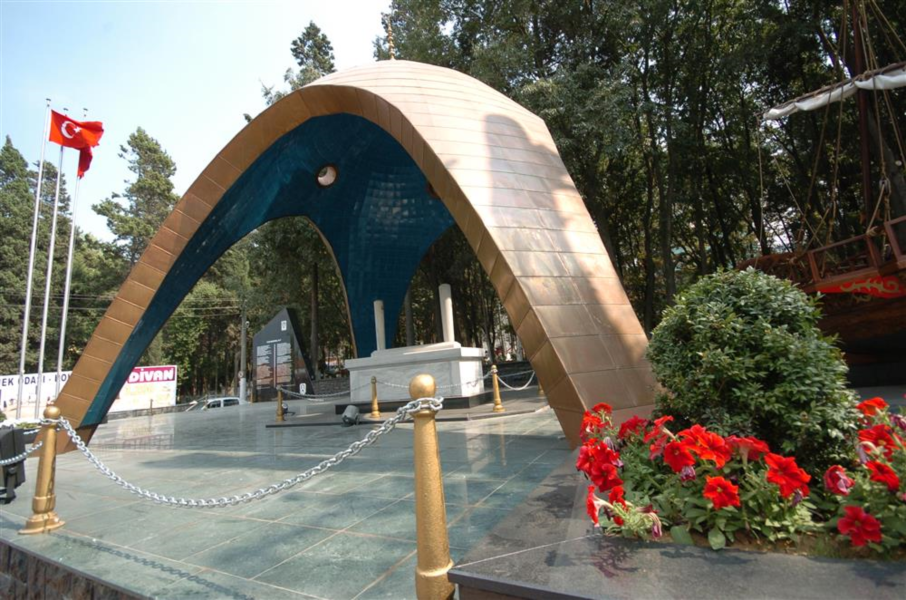
Karamürsel Alp Mausoleum (Kocaeli Valiliği)
1999 Marmara Earthquake
The devastating Marmara Earthquake on August 17, 1999, caused significant destruction in Karamürsel. A total of 164 people lost their lives, and many buildings were severely damaged. In the aftermath, reconstruction and urban transformation efforts led to the development of modern residential areas, with a strong emphasis on structural safety and earthquake resilience.
Karamürsel Today
Today, Karamürsel continues to thrive as a district that blends its historical identity with coastal living along the Marmara Sea. As one of the developing districts of Kocaeli Province, it is growing through transportation infrastructure improvements and investments in coastal tourism. The district reflects a settlement character that seeks balance, preserving cultural continuity while embracing modernization.


